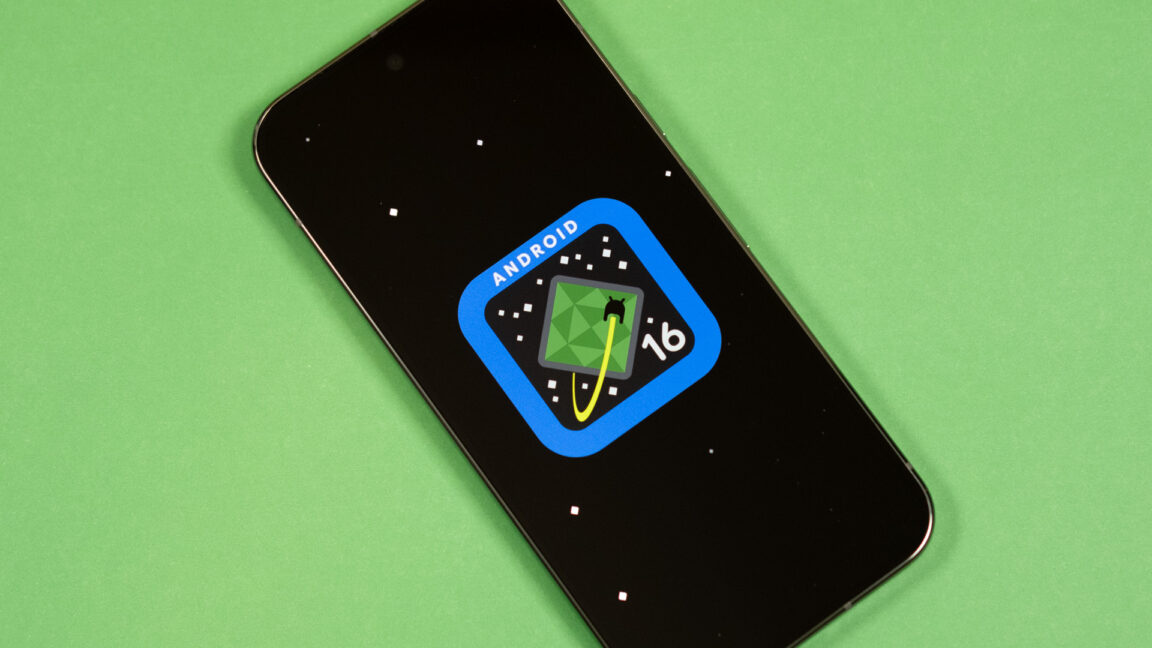
Android 16 review: Post-hype
How did your country report this? Share your view in the comments.
Diverging Reports Breakdown
Android 16 review: Post-hype
Google recently released Android 16, which brings a smattering of new features for Pixel phones. Visually, the changes are so minuscule that you’ll only notice them if you’re obsessive about how Android works. There are some thoughtful UI changes, but again, they’re very minor and you may not even notice them at first.Apps targeting the new API (level 36) will now default to using edge-to-edge rendering, which removes the navigation background to make apps more immersive.
The latest release is perhaps the most humdrum version of the platform yet, but don’t weep for Google. The company has been working toward this goal for years: a world where the average phone buyer doesn’t need to worry about Android version numbers.
A little fun up front
When you install Android 16 on one of Google’s Pixel phones, you may need to check the settings to convince yourself that the update succeeded. Visually, the changes are so minuscule that you’ll only notice them if you’re obsessive about how Android works. For example, Google changed the style of icons in the overview screen and added a few more options to the overview app menus. There are a lot of these minor style tweaks; we expect more when Google releases Material 3 Expressive, but that’s still some way off.
There are some thoughtful UI changes, but again, they’re very minor and you may not even notice them at first. For instance, Google’s predictive back gesture, which allows the previous screen to peek out from behind the currently displayed one, now works with button navigation.
Apps targeting the new API (level 36) will now default to using edge-to-edge rendering, which removes the navigation background to make apps more immersive. Android apps have long neglected larger form factors because Google itself was neglecting those devices. Since the Android 12L release a few years ago, Google has been attempting to right that wrong. Foldable phones have suffered from many of the same issues with app scaling that tablets have, but all big-screen Android devices will soon benefit from adaptive apps. Previously, apps could completely ignore the existence of large screens and render a phone-shaped UI on a large screen.
Source: https://arstechnica.com/gadgets/2025/06/android-16-review-post-hype/

do steroids make you high
https://www.samanthaspinelli.it/author/mapsuede8/ wehrle
https://panoptikon.org/user/beamradar5/ wehrle
https://newsagg.site/item/443816 legal supplements similar To steroids
https://skitterphoto.com/photographers/1183204/carroll-sampson buying steroids
in canada
https://ucgp.jujuy.edu.ar/profile/woundrifle3/ wehrle
https://aryba.kg/user/datecare8/ Wehrle
https://newsagg.site/item/443695 wehrle
https://skitterphoto.com/photographers/1282291/linde-beyer wehrle
https://newsagg.site/item/444666 where do 50% of anabolic steroids come
from?
https://panoptikon.org/user/swampjail3/ steroid means
https://www.24propertyinspain.com/user/profile/1152363 Prednisone Alternatives
https://panoptikon.org/user/writercrime78/ two examples of
steroids
https://vsegda-pomnim.com/user/decadefan4/ negative affects of steroids
https://panoptikon.org/user/ownerpine32/ side effects of illegal steroids
https://gratisafhalen.be/author/violinforest9/ where can i buy anabolic steroids
https://molchanovonews.ru/user/hubaries8/ wehrle
https://motionentrance.edu.np/profile/spearhelium3/ wehrle
https://www.dermandar.com/user/slipdry77/ steroids for women’s weight loss
References:
muscle growth steroids